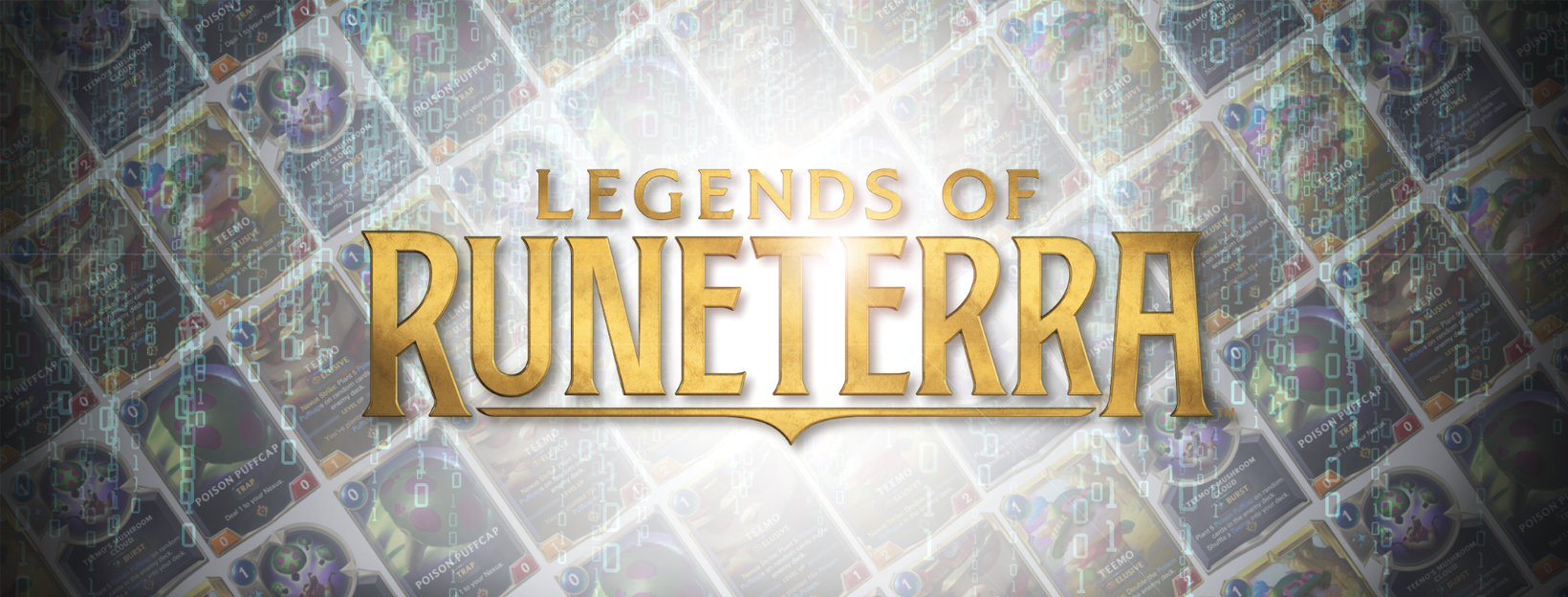
We’re Patrick Conaboy and Jeff Brock and we’re senior software engineers on the Legends of Runeterra Card Design team. The engineers on our team are responsible for building tools, writing game logic, and supporting card designers. In this article, we’ll be covering how engineers on LoR built out a new scripting system that enables designers to iterate and experiment with new card ideas easily.
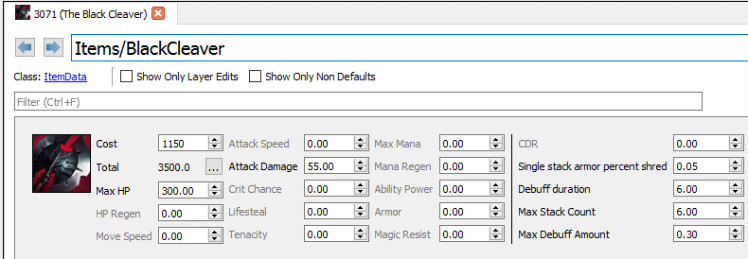
Hey, everyone! I’m Bill “LtRandolph” Clark, a League of Legends gameplay engineer. Many Rioters in engineering focus on the delivery of awesome content directly to players—a couple of my recent favorite examples include the newest champion, Jhin, and the support item reworks. My team, on the other hand, works to make that process faster and easier.
We have a simple goal: to allow Rioters on gameplay projects to create twice as much content for any given LoL patch. That’s easy to say, but it’s a challenging task.

Greetings! My name is Andrew McVeigh, and I'm a software architect at Riot.
We're in the latter stages of re-engineering the League of Legends client. We're calling this the League client update. In this post, I’ll outline the software architecture of this update and provide some background to the choices we made by pointing out some of the limitations of the current (original) client. The journey to our final architecture has been technically fascinating, and I’m excited to be able to share it with you!

Hello! I’m James “WxWatch” Glenn and I’m a software engineer on the Riot Developer Experience: Operability (RDX:OP) team. My team focuses on providing tools for Riot engineers and operations teams that help them better understand the state of their live services across the globe. Some of these tools include Riot’s service metrics, logging, and alerting pipelines. In this article, I’ll be talking about our one-stop-shop application for Rioters operating services - Console.

Hi, I’m Brent “Brentmeister” Randall and I’m an engineer on the Gameplay Integrity team for VALORANT. My team is responsible for VALORANT’s build system, automation framework, game client performance, and server performance. In this article, I’ll be focusing on that last topic - I’ll be telling the technical story behind our search for optimal server performance.

Containers have taken over the world, and I, for one, welcome our new containerized overlords.
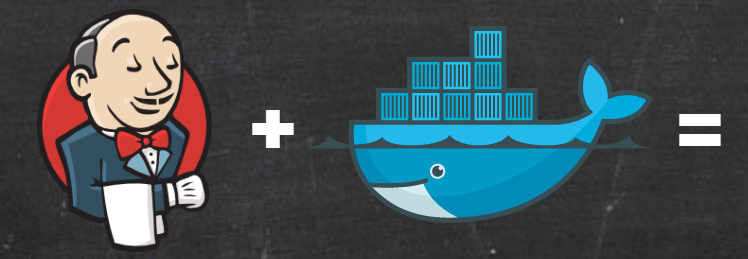
In this tutorial, you’ll learn:
-
Various approaches to running builds with Jenkins inside of Containers
-
Which decisions we made as a team and why
-
Lessons we learned while operating our platform
-
Context for the in depth tutorial about how to create your own ephemeral build environments using Jenkins

In this tutorial, you’ll learn:
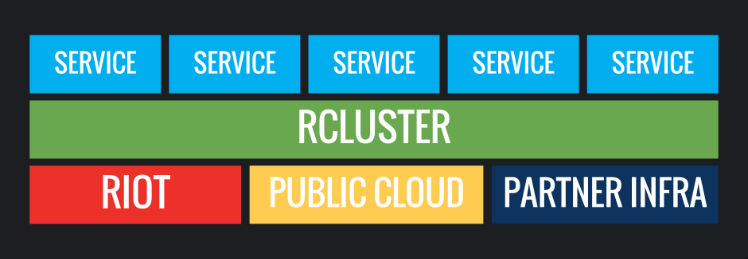
Hey all, this is David Press and Doug Lardo, two engineers working on improving the data center networking that enables online services at Riot. This article is the third part in a series on exactly that topic, which begins with an overview from Jonathan of a platform we called rCluster.
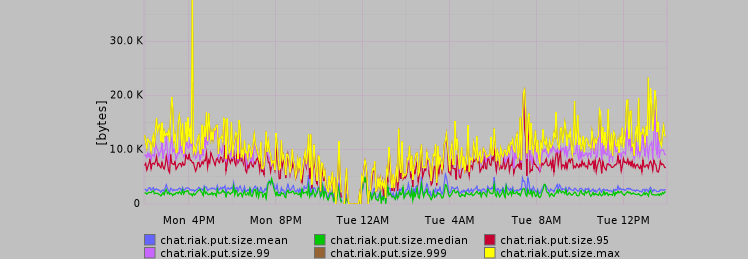
Playing League of Legends for years now, I’ve formed a meaningful network of social connections with other gamers around the world. Whether they’re friends from work, former classmates, or players I’ve been matchmade with, they all have an important place on my friends list. The ability to easily play with these friends greatly enhances my experience with the game. It would be disastrous if something ever happened to that social graph—trying to remember and re-friend all of my 200+ friends would be as bad as losing my phone and all of its stored contacts.










